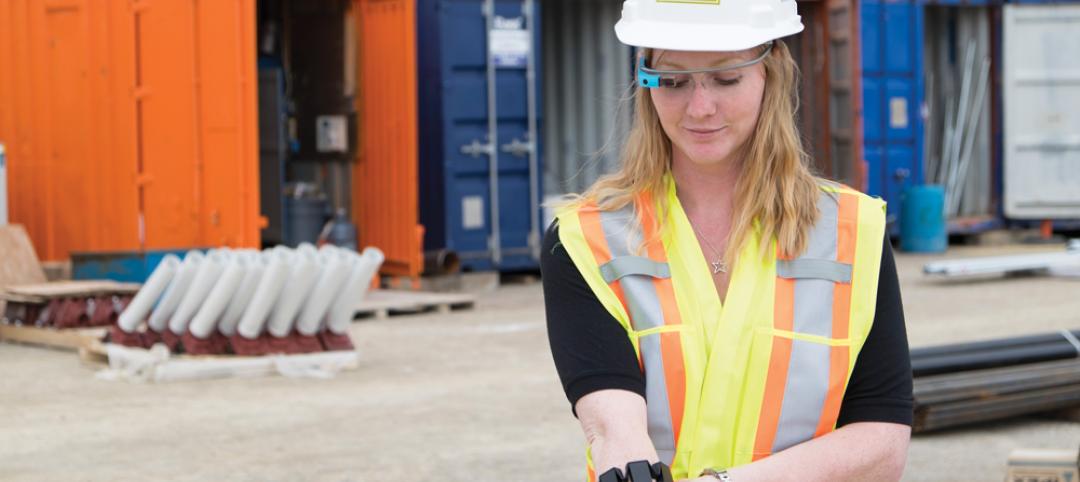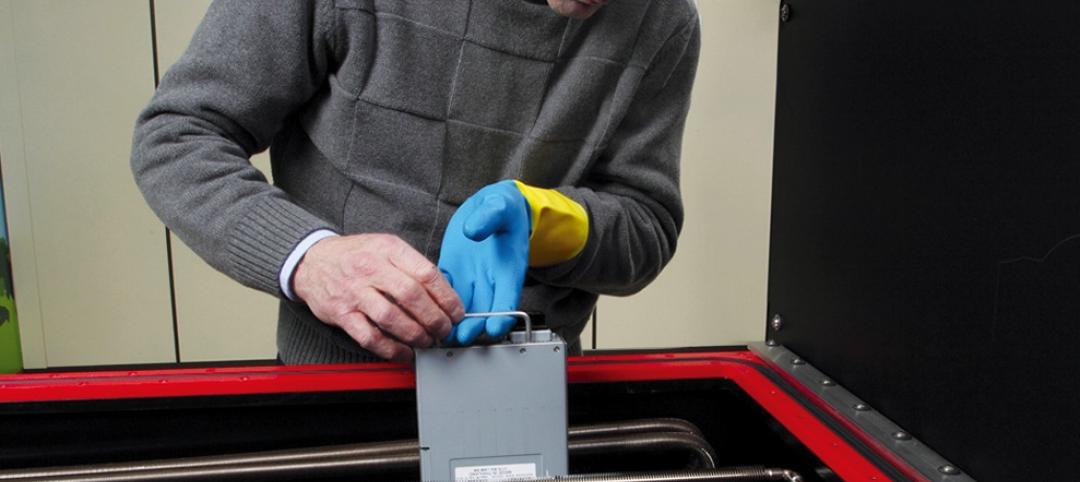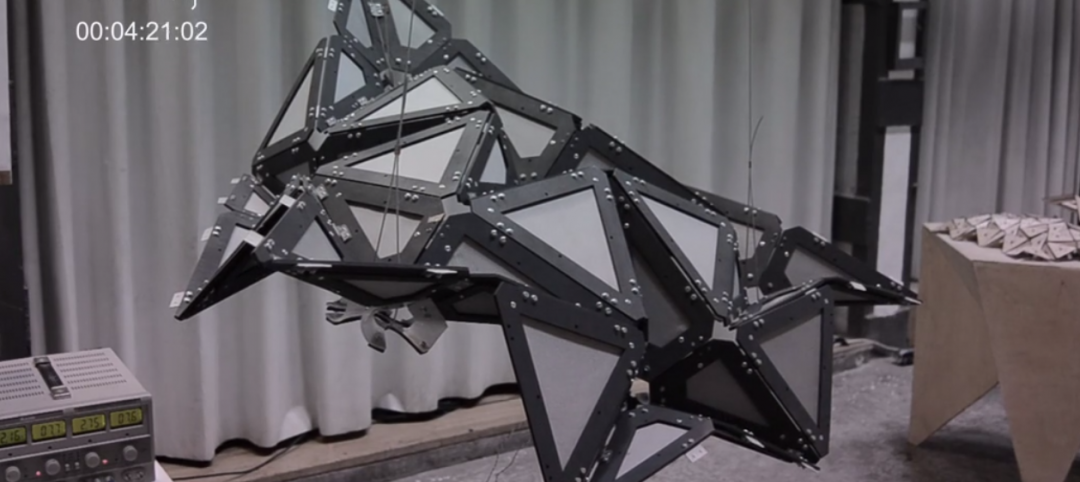 |
| Toronto now requires up to 50% green roof coverage on multi-unit residential dwellings over six stories, schools, nonprofit housing, and commercial and industrial buildings. |
The city of Toronto late last month passed a new green roof by-law that consists of a green roof construction standard and a mandatory requirement for green roofs on all classes of new buildings. The by-law requires up to 50% green roof coverage on multi-unit residential dwellings over six stories, schools, nonprofit housing, and commercial and industrial buildings. Larger residential projects require greater green roof coverage, ranging anywhere from 20–50% of the roof area.
"The City of Toronto's leadership on all things green took another major step by making it obligatory to have green roofs for all types of new buildings," said Deputy Mayor Joe Pantalone, the primary champion of the new by-law. "This by-law is a major part of the solution to climate change, the creation of green jobs, and it represents a whole new mindset on how our cities approach the 20% or so of surface area that are roofs."
Chicago has the greatest number of installed green roofs, according to the Green Roofs for Healthy Cities' Annual Green Roof Industry Survey released last month. The mandatory by-law in Toronto may change that, resulting in approximately 50 to 75 new projects annually, according to GRHC president Steven W. Peck.
Toronto already requires green roofs on city-owned properties, has established a financial incentive of up to $5 per square foot for existing buildings, and is currently building a publicly accessible green roof on its city hall.
For more on the green roof by-law, visit: www.toronto.ca/building.
| Source: Green Roofs for Healthy Cities' Fourth Annual Industry Survey | |
| Chicago | 534,507 |
| Washington, D.C. | 501,042 |
| New York | 358,986 |
| Vancouver | 320,000 |
| Philadelphia | 196,820 |
| Baltimore | 150,032 |
| Montreal | 75,700 |
| Grand Rapids, Mich. | 74,784 |
| Princeton, N.J. | 56,250 |
| Newtown Square, Pa. | 48,130 |
Related Stories
| Dec 29, 2014
Wearable job site management system allows contractors to handle deficiencies with subtle hand and finger gestures [BD+C's 2014 Great Solutions Report]
Technology combines a smartglass visual device with a motion-sensing armband to simplify field management work. The innovation was named a 2014 Great Solution by the editors of Building Design+Construction.
| Dec 29, 2014
HealthSpot station merges personalized healthcare with videoconferencing [BD+C's 2014 Great Solutions Report]
The HealthSpot station is an 8x5-foot, ADA-compliant mobile kiosk that lets patients access a network of board-certified physicians through interactive videoconferencing and medical devices. It was named a 2014 Great Solution by the editors of Building Design+Construction.
| Dec 28, 2014
Robots, drones, and printed buildings: The promise of automated construction
Building Teams across the globe are employing advanced robotics to simplify what is inherently a complex, messy process—construction.
BIM and Information Technology | Dec 28, 2014
The Big Data revolution: How data-driven design is transforming project planning
There are literally hundreds of applications for deep analytics in planning and design projects, not to mention the many benefits for construction teams, building owners, and facility managers. We profile some early successful applications.
| Dec 23, 2014
5 tech trends transforming BIM/VDC
From energy modeling on the fly to prefabrication of building systems, these advancements are potential game changers for AEC firms that are serious about building information modeling.
| Dec 17, 2014
ULI report looks at growing appeal of micro unit apartments
New research from the Urban Land Institute suggests that micro units have staying power as a housing type that appeals to urban dwellers in high-cost markets who are willing to trade space for improved affordability and proximity to downtown neighborhoods.
| Nov 3, 2014
Novel 'self-climbing' elevator operates during construction of high-rise buildings
The JumpLift system from KONE uses a mobile machine room that moves upward as the construction progresses, speeding construction of tall towers.
| Oct 14, 2014
Slash energy consumption in data centers with liquid-based ‘immersive-cooling’ technology
A new technology promises to push the limits of data center energy efficiency by using liquid instead of air to cool the servers.
| Sep 10, 2014
Must See: Shape-shifting architecture that responds to heat
Students in Barcelona have created a composite material using shape memory polymers that can deform and return to their original state when activated by cues like heat, humidity, and light.
| Aug 4, 2014
Facebook’s prefab data center concept aims to slash construction time in half
Less than a year after opening its ultra-green, hydropowered data center facility in Luleå, Sweden, Facebook is back at it in Mother Svea with yet another novel approach to data center design.
















